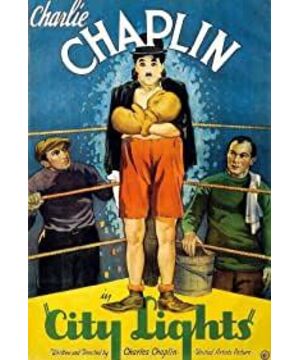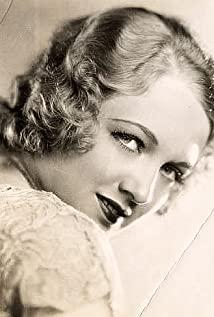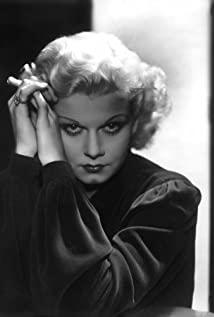A homeless person who is kind-hearted and likes to take advantage of small things, through a rich man who has lost his love, he tries to give love and fantasy to a poor blind flower seller. He relied on his cleverness to give the blind girl material help and the good hope of being pursued by the upper class, but he went to prison, and when the two finally reunited, the blind girl who had regained her sight saw a little tramp in ragged clothes. In vain, but still insist on hope and love, a little low-minded and vain and greedy for cheap, but still good - what kind of person did Chaplin portray? A person who shows his humanity naked, a person who is completely intact, a person who is not tamed by the etiquette of modern civilization, represents what human beings look like when they are at their most naive-maybe a little flawed, but their hearts are full of kindness, sincerity, hope and hope. Love, get along with others without caring about interests. He seems, in every humorous scene throughout the film, a little bit stupid, but at the end of the film, the close-up of the face at the end, completely makes the audience understand him, love him, and respect him. In contrast to the rich man in the film, the rich are always friendly to him only when they are drunk - Chaplin seems to want to express that hypocritical upper-class people may never be able to touch such a beautiful and sincere humanity. .
Compared with other Chaplin's masterpieces, the laughter is slightly inferior, and it mainly occurs in the process of the little tramp dealing with the rich. reactionary.
View more about City Lights reviews











